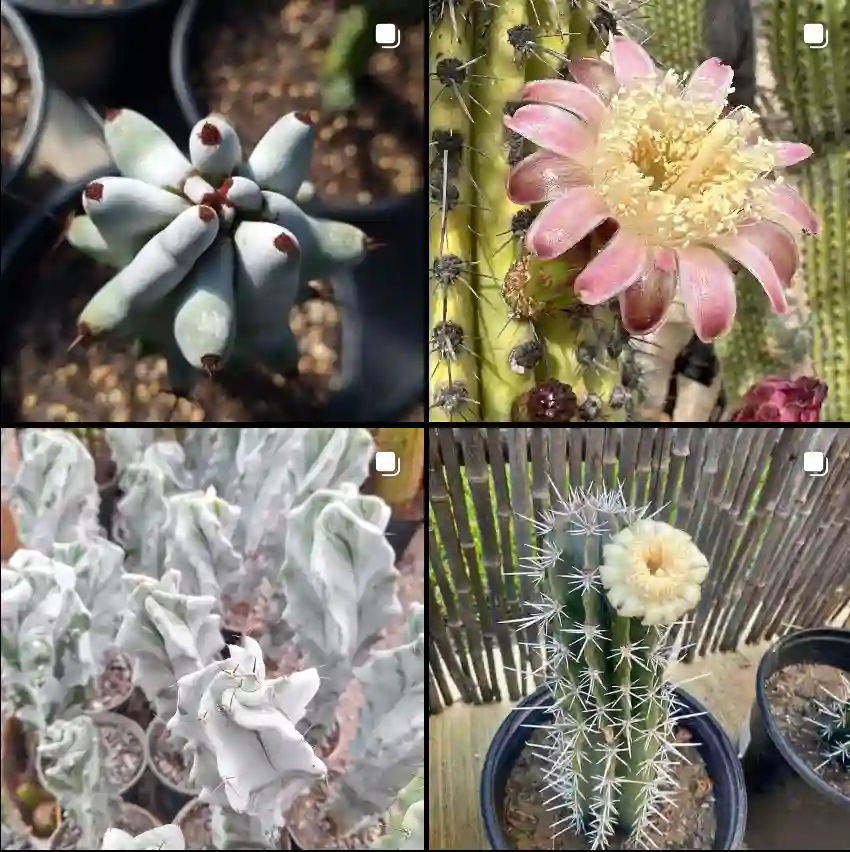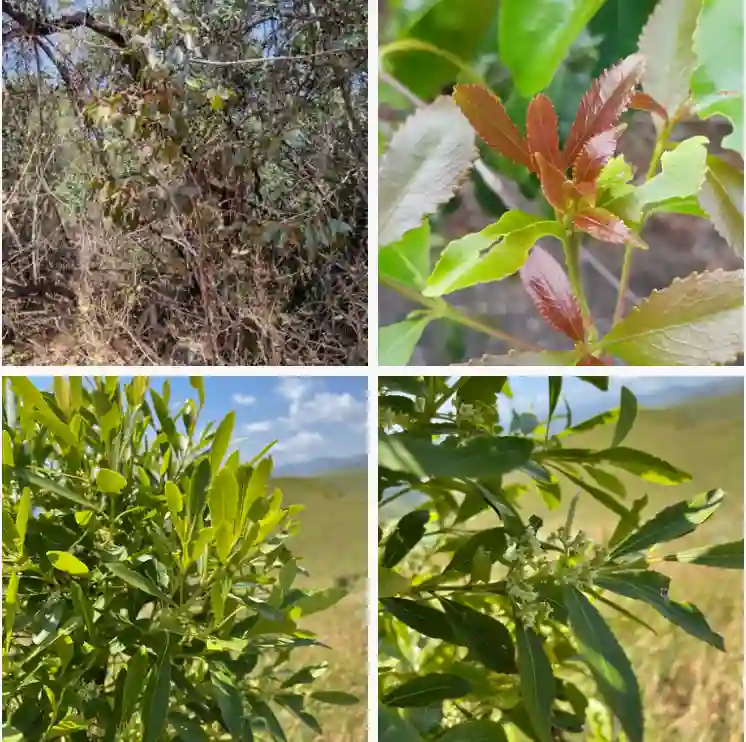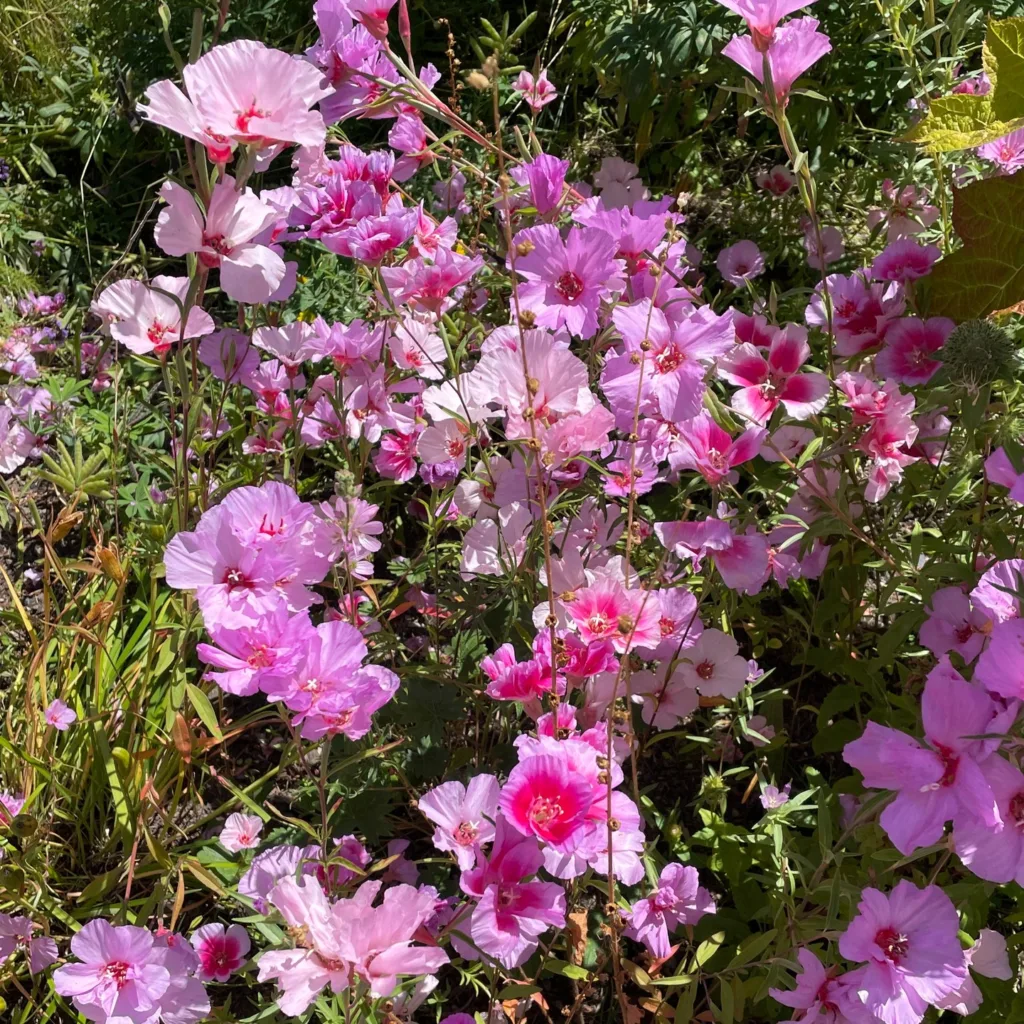What Is Dioscorea Bulbifera?
Dioscorea Bulbifera, often called air potato or winged yam, is a perennial vine in the Dioscoreaceae family. This plant is renowned for its ability to produce aerial tubers—small, bulb-like growths that appear on the vine above ground. Native to tropical regions, it’s commonly found in parts of Africa, Asia, and the Pacific Islands. These aerial tubers can be used in various culinary and medicinal applications, though they’re more commonly known for their rapid and aggressive growth.
635 Species in Genus Dioscorea
How to Plant Dioscorea Bulbifera?
Planting Dioscorea Bulbifera is a straightforward process, but there are a few essential steps to follow for success.
- Location: Choose a sunny spot with well-drained soil. Dioscorea Bulbifera thrives in warm climates and needs ample sunlight to grow vigorously.
- Preparation: Prepare the soil by loosening it and mixing in organic matter to improve drainage and fertility. Ensure the planting area is free from weeds and debris.
- Planting Tubers: You can plant either the aerial tubers or the underground tubers. If using aerial tubers, plant them about 1 inch deep in the soil. Space them 2 to 3 feet apart to allow for their extensive growth.
- Watering: Water the tubers well after planting. Keep the soil consistently moist but not waterlogged. Dioscorea Bulbifera prefers regular watering, especially during dry periods.
- Support: As a vine, Dioscorea Bulbifera will need support to climb. Install a trellis, fence, or similar structure to guide its growth and help it reach its full potential.
How to Care for Dioscorea Bulbifera?
Caring for Dioscorea Bulbifera involves a few key practices to ensure healthy growth:
- Watering: Maintain consistent soil moisture. Avoid letting the soil dry out completely, but also ensure there’s no standing water around the tubers.
- Fertilizing: Feed the plant with a balanced fertilizer every few months to encourage vigorous growth and tuber production.
- Pruning: Regularly trim the vines to manage their growth and remove any dead or diseased foliage. This helps the plant focus its energy on producing healthy tubers.
- Pest and Disease Control: Keep an eye out for pests like aphids and diseases such as fungal infections. Use appropriate organic or chemical treatments as needed to manage any issues.
How to Propagate Dioscorea Bulbifera?
Propagation of Dioscorea Bulbifera can be done using both aerial and underground tubers.
- Aerial Tubers: Collect aerial tubers once they are mature and have started to turn brown. Plant them as described earlier, ensuring they have a good support structure.
- Underground Tubers: Dig up the underground tubers when they are mature. Cut them into pieces, making sure each piece has at least one eye (bud), and replant them in prepared soil.
Can You Grow Dioscorea Bulbifera Indoors?
Growing Dioscorea Bulbifera indoors is challenging due to its size and climbing nature. It requires a lot of space and a strong support structure. If you’re set on growing it indoors, ensure you provide ample light and a suitable trellis or climbing frame. Keep in mind that it may not thrive as well as it does in its natural outdoor environment.
Is Dioscorea Bulbifera Toxic?
Dioscorea Bulbifera is not considered toxic to humans, but the raw tubers can be mildly toxic if consumed in large quantities due to the presence of diosgenin, a saponin that can cause gastrointestinal upset. Cooking the tubers thoroughly can neutralize these compounds and make them safe to eat.
Benefits of Dioscorea Bulbifera
Dioscorea Bulbifera offers several benefits, including:
- Culinary Uses: The tubers can be cooked and used in various dishes, similar to yams and potatoes.
- Medicinal Properties: In traditional medicine, Dioscorea Bulbifera is used for its anti-inflammatory and digestive health benefits.
- Soil Improvement: Its vigorous growth helps improve soil structure and can be used as a cover crop in some farming systems.
Common Problems with Dioscorea Bulbifera
Some common problems include:
- Invasive Nature: Dioscorea Bulbifera can become invasive, outcompeting native plants and spreading rapidly if not managed properly.
- Pest Issues: It may attract pests like aphids and caterpillars that can damage the foliage and affect overall plant health.
- Disease Susceptibility: Watch for fungal diseases that can affect the vines and tubers. Proper care and disease management are crucial.
Dioscorea Bulbifera vs Dioscorea Alata
When comparing Dioscorea Bulbifera to Dioscorea Alata (also known as the greater yam), several differences emerge:
- Growth Habit: Dioscorea Bulbifera is known for its aerial tubers and rapid vine growth, while Dioscorea Alata produces primarily underground tubers and has a more moderate growth rate.
- Climate: Dioscorea Bulbifera is better suited to tropical climates, while Dioscorea Alata can tolerate a wider range of conditions, including subtropical regions.
- Uses: Both plants are edible, but Dioscorea Alata is more widely used in cooking due to its larger and more starchy tubers.
Understanding these distinctions helps in selecting the right species based on your gardening needs and climate.
If i die, water my plants!



